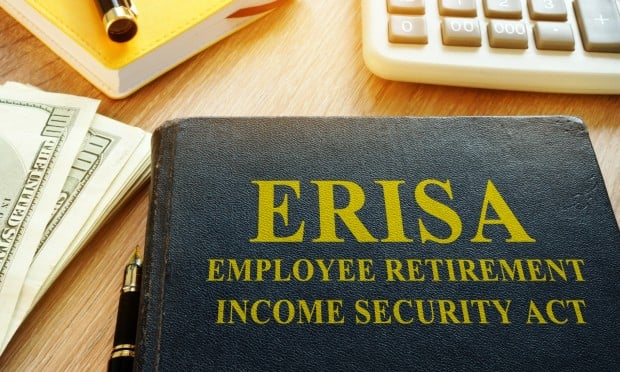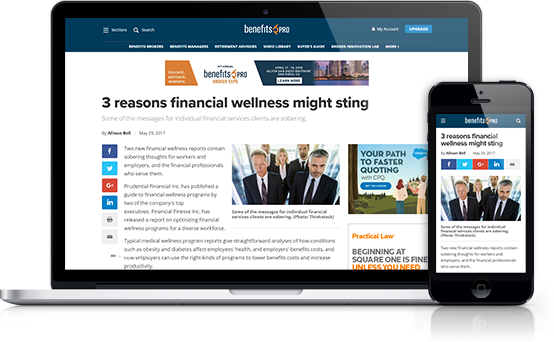From increased sexual harassment enforcement brought on by the #MeToo movement, to possible new laws and regulations to make it easier for small employers to offer retirement savings plans, to the implementation of faster payment technology -- particularly for gig workers, employers have a lot on their plate to potentially digest this new year. "This new year brings with it a new class of legislators and a set of issues – both new and old – that these legislators will focus on at the federal, state, and local levels," says Paychex president and CEO Martin Mucci. "It can be challenging for business owners and HR managers to keep up with the constantly evolving legislative and regulatory landscape. Our annual summary of the year's most important developments is designed to give an overview of the items expected to be most impactful in 2019." Click through the slideshow above to read about Paychex's "Top 10 Regulatory Issues for Employers in 2019:" Read more:
Continue Reading for Free
Register and gain access to:
- Breaking benefits news and analysis, on-site and via our newsletters and custom alerts
- Educational webcasts, white papers, and ebooks from industry thought leaders
- Critical converage of the property casualty insurance and financial advisory markets on our other ALM sites, PropertyCasualty360 and ThinkAdvisor
Already have an account? Sign In Now
© 2024 ALM Global, LLC, All Rights Reserved. Request academic re-use from www.copyright.com. All other uses, submit a request to [email protected]. For more information visit Asset & Logo Licensing.








